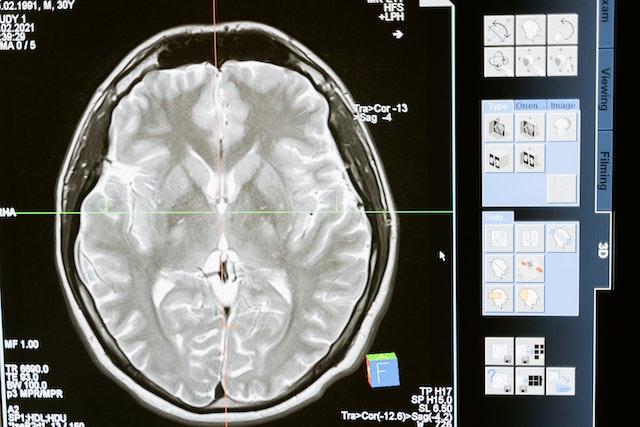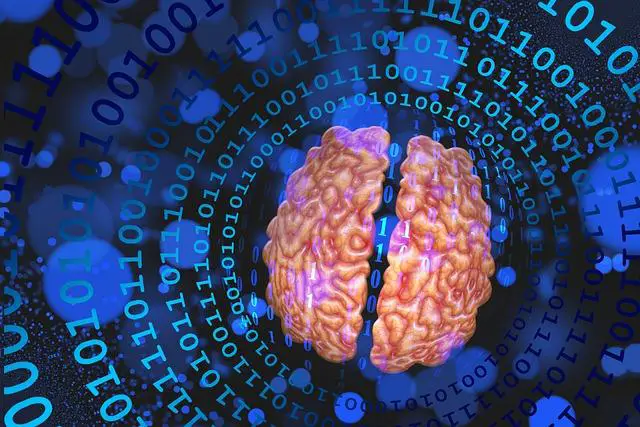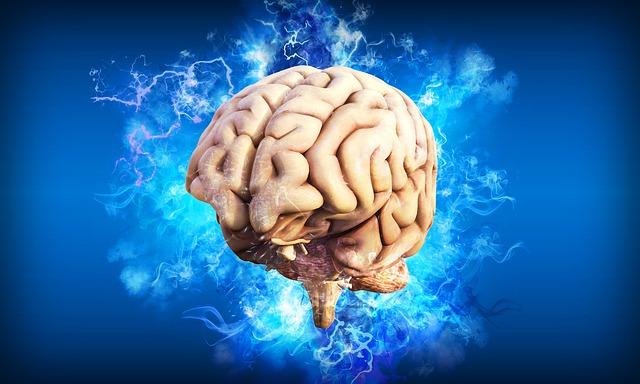
The thalamus and hypothalamus are two closely-linked neural structures that play important roles in maintaining homeostasis and regulating various physiological processes.
These complex brain regions work together to process sensory information, regulate consciousness and sleep cycles, and control body temperature, hunger, thirst, and other key bodily functions.
Understanding the intricate mechanisms of these vital brain parts is essential for advancing our understanding of human physiology and psychology.
What is the thalamus?
The thalamus is a large, oval-shaped structure located in the center of the brain, beneath the cerebral cortex.
It plays an important role in relaying information between different regions of the brain, processing sensory signals and regulating consciousness and sleep cycles.
Like many other parts of the brain, the thalamus also controls a number of important physiological processes, including body temperature, hunger, thirst, and other vital functions.
What is the Hypothalamus?
The hypothalamus is a small, almond-shaped region of the brain that plays an important role in regulating many different aspects of human physiology.
Located deep within the brain near the center of the thalamus and pituitary gland, this structure controls hunger, thirst, body temperature, circadian rhythms, reproduction, and sex drive, sleep cycles, and many other basic functions.
By regulating these vital processes, the hypothalamus plays a key role in maintaining homeostasis and preserving human health and well-being.
What is the function of the thalamus and hypothalamus?

The thalamus and hypothalamus are interconnected brain structures that play a central role in regulating homeostasis and controlling various physiological processes.
The function of the thalamus
The thalamus is a complex neural structure that plays an important role, including:
- Processing sensory information from the external environment
- Regulating consciousness and sleep cycles
- Controlling body temperature, hunger, thirst, and other key bodily functions
The thalamus is involved in a wide range of regulatory and physiological processes critical to maintaining health and well-being.
The function of the hypothalamus
The hypothalamus is another important brain structure that is closely linked to the thalamus. It plays a key role in controlling various functions, including:
- Hormone release and regulation
- Body temperature
- Circadian rhythms
- Appetite and energy balance
Like the thalamus, the hypothalamus plays a crucial role in maintaining homeostasis and regulating various physiological processes.
What connects the thalamus and hypothalamus?
The thalamus and hypothalamus are closely linked structures that work together to process sensory information, maintain homeostasis, and regulate various physiological functions.
These structures share many common features, including their location deep within the brain and close connection to other neural regions and vital physiological processes.
They also both contain specialized neural circuits that facilitate communication between different parts of the brain and control key aspects of human behavior and physiology.
Overall, the thalamus and hypothalamus play important roles in coordinating many different aspects of human health and functioning.
What are the differences between the thalamus and the hypothalamus?

The thalamus and hypothalamus are two closely-linked structures that perform many essential functions in the brain.
While they share some similarities, there are also key differences between these two regions. These includes:
Location
The thalamus is located in the center of the brain, beneath the cerebral cortex, while the hypothalamus is deep within the brain, near the center of the thalamus and pituitary gland.
Function
The thalamus plays a key role in relaying information between different brain regions, processing sensory signals, and regulating consciousness and sleep cycles.
The hypothalamus, on the other hand, is involved in many different physiological processes related to homeostasis, including hormone regulation, body temperature control, appetite and energy balance, circadian rhythms, and more.
Structure and size
While both the thalamus and hypothalamus are highly complex neural structures, they differ in terms of their size and overall structure.
The thalamus is larger and more oval-shaped, while the hypothalamus is smaller and more almond-shaped.
Additionally, the hypothalamus contains a number of specialized nuclei that are not present in the thalamus.
The takeaways
The thalamus and hypothalamus are two fundamental structures within the brain that play key roles in regulating many important physiological processes.
These include sensory perception, sleep cycles, hormone release, body temperature control, hunger, thirst, and other vital functions.
Despite some similarities between these regions, they also differ in terms of their structure, size, and function, making them an important area of ongoing research and study.
Understanding the role of the thalamus and hypothalamus in human health and behavior is crucial for developing new treatments and interventions for conditions that impact these regions, such as sleep disorders, hormonal imbalances, or neurological diseases.



